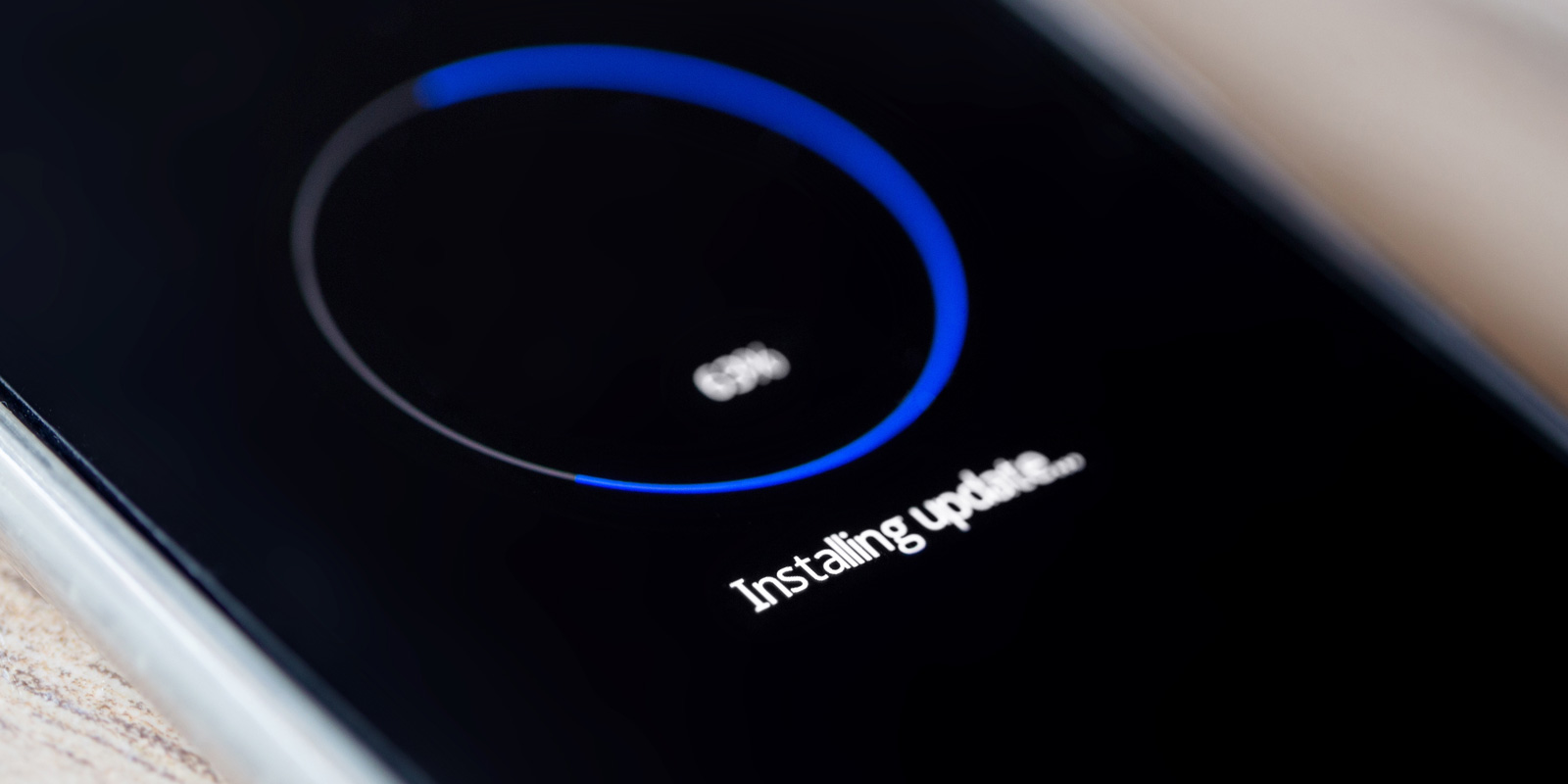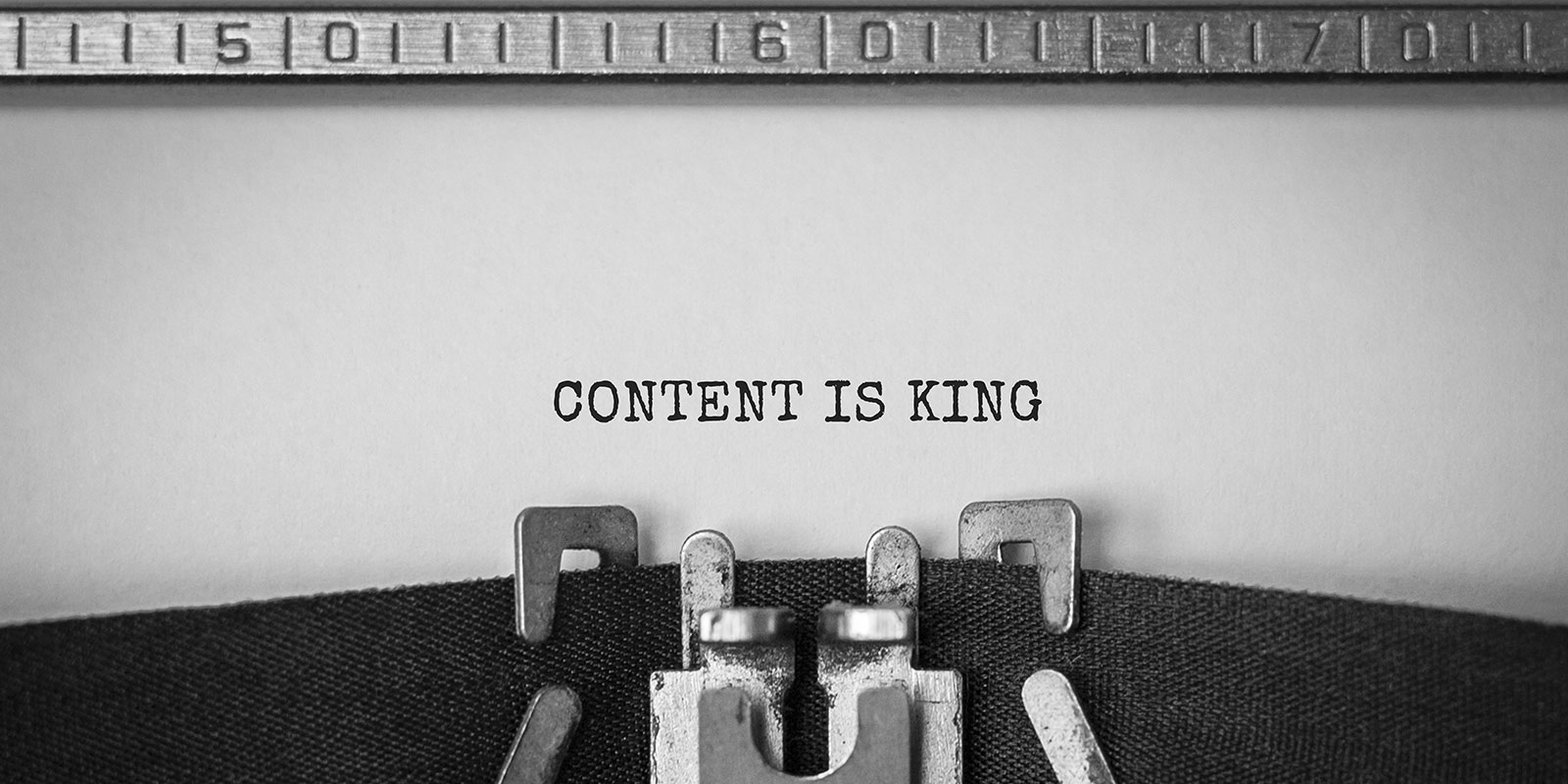The fastest-spreading language in human history, English is spoken at a useful fluency level by some 1.75 billion people worldwide. Regarded as the international language of business, an increasing number of multinational companies are mandating English as the common corporate language in order to function effectively both internally and externally.
A common business language with its own lexicon helps break down barriers with customers and colleagues, facilitating the development of sound relationships and trust and increasing customer loyalty. However building your business vocabulary takes time, experience and insight. Dropping a buzzword in the wrong context when talking shop with a client or colleague can leave you red-faced and on occasion even cause damage to your reputation.
So much of good business comes down to effective communication and mutual trust. Contracts are often signed on the basis of your representation of your brand's face value, so if your business communication is unclear or ambiguous then trust in your band may suffer. Expressing yourself in the best professional light also helps build confidence in your brand, conveying its positives succinctly and comprehensively.
Switch clients on with your communication by familiarising yourself with Method's essential guide to business jargon.
ROI
An acronym for return on investment, ROI refers to the net profit or loss incurred from an investment divided by the net cost expressed as a percentage, to allow for the comparison of profitability between contrasting investment choices.
CTR
Click through rate is the calculation of the number of clicks advertisers attract through their adverts per number of impressions. A high CTR is directly correlated to pay per click (PPC) success due to it directly influencing a brand's quality score, a diagnostic tool reflecting the quality of a product compared to that of its competitors. CTR indicates what works effectively and resonates with your audience and what doesn't. A low CTR signals that your branding needs attention and is switching your audience off, rather than inspiring curiosity.
Balance sheet
A balance sheet is a financial statement which lists a company's assets, liabilities and shareholder equity and measures the brand's financial inputs and outputs to help determine whether it is sustainable in profit or loss terms.
Cash flow
Cash flow measures how money moves into and out of a business account over a specific period of time. Cash flow can be positive or negative depending upon whether profits exceed liabilities or not. Positive cash flow indicates that a company has more money moving into it than out of it, whereas negative cash flow refers to a business that is experiencing more financial expenditure than it is in receipt of.

P&L statement
A profit & loss statement is essentially a financial statement that quantifies the revenues, costs and expenses accumulated over a defined period of time, most commonly a quarter or fiscal year (one year), presented on a cash or accrual basis. The profit and loss statement offers direct insight into a brand's ability or inability to generate profits. Profit & loss statements provide reliable, quantifiable evidence for forecasting future financial performance.
Low-hanging fruit
First used figuratively, the term low-hanging fruit first surfaced in 1909. Alluding to the fact that picking fruit from low hung branches is much easier and faster than picking fruit from branches higher up, in business terms this refers to the determination of easy-to-accomplish tasks or easy-to-solve problems which maximise profit whilst minimising effort.
Gross profit
Gross profit indicates whether a brand's pricing and purchasing strategies produce a return and therefore make a business viable. A business's gross profit is an equation obtained after deducting the cost of goods sold including sales returns/allowances from total sales revenue. Gross profit can be found on the statement of profit and loss devised by a brand and then used to ascertain a company’s gross margin.
Net profit
The amount of money that a brand retains after all expenses, including taxes and benefits, are paid is referred to as ‘net profit’. Found on the ultimate line of an income statement, net profit reflects the “take-home” profit of a company. One of the primary indicators of a company's overall financial health, net profit is commonly regarded to be the number that investors and banks usually review first.
Margins
A percentage ratio used to measure the profits generated by a brand after all expenses have been deducted from revenue, margins paint a clear picture of a business's financial health and performance. Margins are useful for quickly and succinctly determining pricing problems.
B2B
B2B, or business to business, is, quite basically, a direct transaction that takes place within two businesses, such as a manufacturer and wholesaler, or a wholesaler and a retailer. B2B is any business that is conducted between companies, as opposed to a brand and the individual consumer.
D2C, also known as B2C
D2C or direct to consumer, e-commerce refers to a business retailing its products or services directly to consumers from an online store, avoiding the need for relatively costly retailing steps such as retailing premises which the customer can visit to purchase goods. In many cases, consumers prefer to shop directly with the brand manufacturer over retailers because prices are minimised. Think Costco, with customers bulk buying for cheaper unit prices.
PPC
PPC or pay per click is an online advertising strategy through which an advertiser pays a publisher every time an advertisement link is “clicked” through. Google Ads, Facebook Ads, and Instagram Ads are the most popular platforms for PPC advertising. PPC is particularly important because it reflects a business's ability to accurately interpret its data, create on-brand ad campaigns, wait for new data to be harvested and then quantify the effectiveness of their changes.
CTA
A call to action, CTA, is a prompt on a website that notifies the user that some specified action must be taken in order to proceed with a purchase. A crucial aspect on any webpage, CTA links and buttons direct users what they need to do next. Without clear CTAs, users may find the route to buying a product or signing up for a service convoluted and unnecessarily complicated.
SEO
Search engine optimisation refers to the process involved in enhancing your online presence to increase its visibility when people search for products or services related to your brand via popular branded search engines.
CRM
Customer relationship management is highly functioning software designed for managing all your company's relationships and interactions with customers and potential customers. Here at Method we use HubSpot as our complete CRM system, to help with contact management, sales management, productivity and more.




